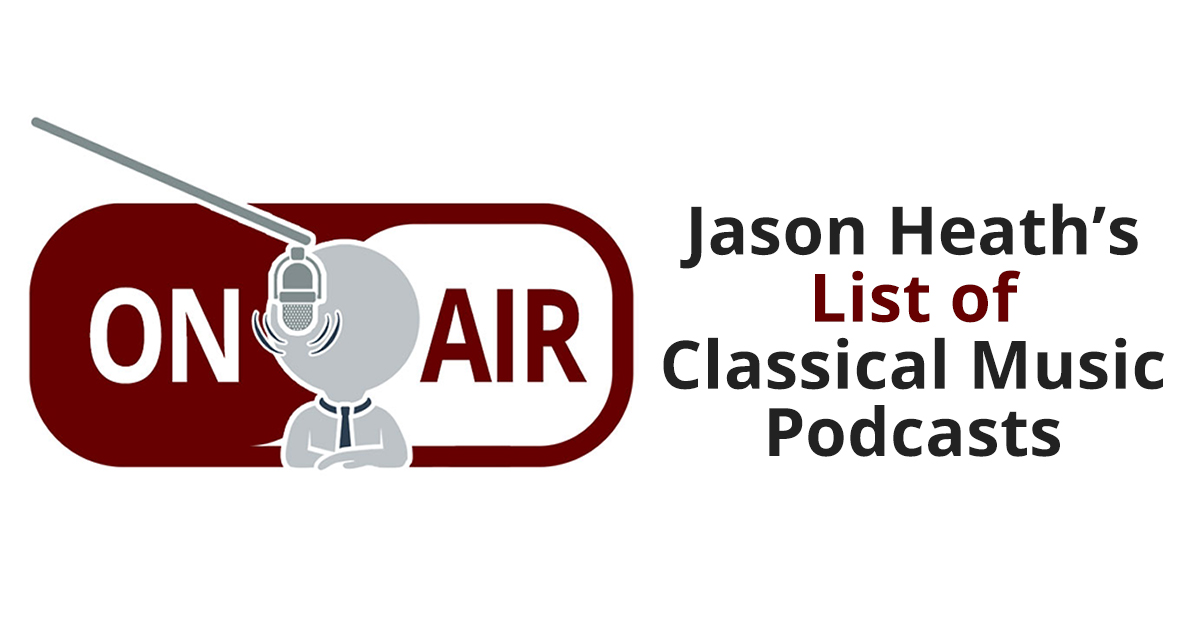Step One – Establishing the Problem
Getting people interested in classical music is easy. The product sells itself with little effort beyond that from the extremely talented musicians required to create it. So why are orchestras fighting to find replacements to plug the holes in their rapidly eroding patron base? Why is it difficult to get more than 4% of a community’s population interested in their local orchestra? Why is it difficult to get patrons to come back and enjoy concerts on a regular basis?
To find the answers to these questions, many orchestras have invested ever increasing amounts of money into mass marketing campaigns designed to sell single tickets and get people in the door. You’ll see advertisements on television and the internet, hear them on the radio, and occasionally you’ll run across billboard and busboard ads too. Then there’s targeted zip code mailings, newspaper and magazine print ads, and don’t forget about email!
The orchestra business in pouring money into marketing initiatives as fast as possible. Focus groups, think tanks, conventioneers, and consultants are all crying havoc as they let loose the dogs of research. After all, that’s what the for-profit world does and it serves them well, so why not follow that model? Even the organized orchestra management racket over at the ASOL got into the act a few years back with their “landmark” Audience Motivation Research study, which no doubt also cost a “landmark” amount of money.
And that’s where we run head first into the brick wall of our problem: money. Allot of these marketing initiatives do work at getting people in the door, not always in the numbers orchestras really need, but they do work. But in the end the orchestra ends up with an unacceptable marketing-expenditure to ticket-price ratio; such as a $50 ticket that costs $35 in marketing to sell. In the end, many of these initiatives are financially counterproductive in the here-and-now and they have no real way of knowing if they’ll positively affect the future either.
So all of this leads us back to the original problem; classical music is great but we can’t seem to get anyone interested in it without paying more than we can afford for marketing. Recently, I had a few orchestra executives remind me of the typical industry scapegoats for this problem:
- Cutbacks in public music education have reduced the amount of young people interested in classical music
- The rising tide of non western European immigrants has reduced the pool of potential patrons because they don’t know how to appreciate classical music (which is just about as divisive of a statement one can make I say it even borders on being a racist remark)
- A reduction of classical music radio stations has decreased the number of people exposed to classical music.
So why do any of these issues influence how an orchestra is ultimately responsible for getting people interested in classical music? The answer is, of course, that they don’t.
Throughout the next month I’m going to focus on a number of programs and attitudes which any orchestra across the country can utilize to move themselves back into being culturally relevant again. The first of these will be establishing an orchestra docent program; the initial step in reaching an audience base of millions that is right under our nose. Then we’ll discover how some forward thinkers in our midst are already working on moving this mountain in an interview with Naxos’ Klaus Heymann. And finally, we’ll cover how internal attitudes will need to change and why we can all benefit from learning to be more like tuba players. And best of all it’s free. They say “you get what you pay for”, but if we apply that to how much orchestras are currently spending on their marketing I wouldn’t believe it!
In the end we’ll end up with bursting concert halls filled with enthusiastic patrons, a new found sense of ownership for orchestras, more live and recorded classical music than ever before, and an end to decades of needless animosity between musicians and managers. In short, we’ll have an outright cultural renaissance on our hands.
I invite you to return tomorrow where I’m going to share with you how a new take on orchestra docent programs will serve as the foundation for building a new audience. I know that I promised to start into that program today and I apologize for not doing so, but good things come to those who wait.


